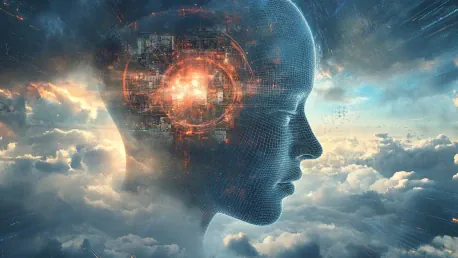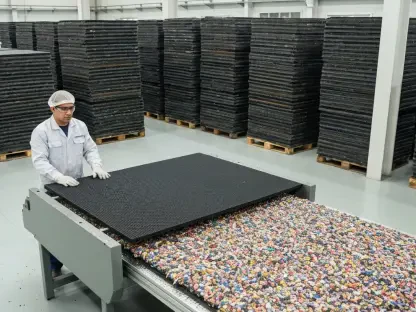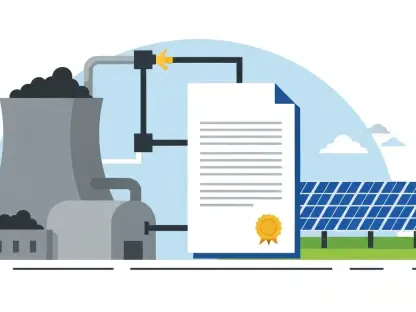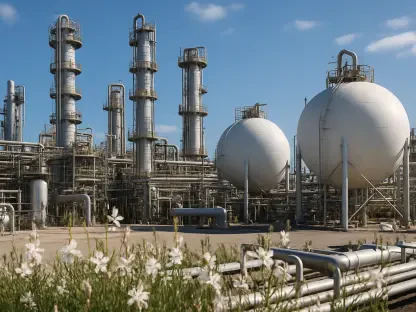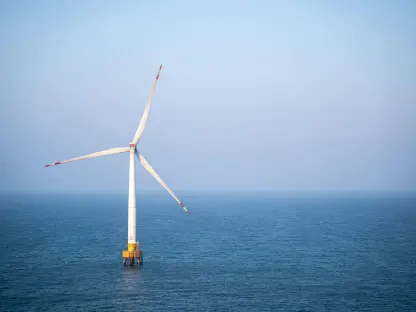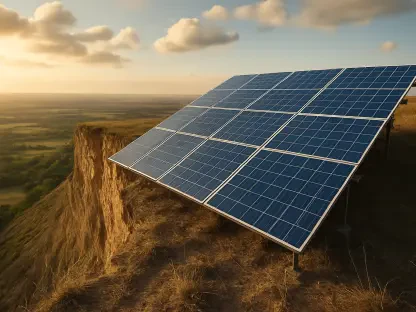At the Huawei Electric Power Summit during MWC Barcelona 2025, Huawei released a groundbreaking collaborative platform aimed at innovating traditional power distribution. This platform, targeted at the IEEE P2413.2 Power Distribution IoT (PDIoT) Reference Architecture Standards, was unveiled in response to the evolving global energy landscape and rising technological demands. The announcement was spearheaded by David Sun, CEO of Huawei Electric Power Digitalization BU and Vice President of Huawei, who addressed the current challenges within power systems and the pressing need for forward-thinking solutions.
Importance of Emerging Technologies in Power Distribution
Role of Cloud and Edge Computing
David Sun emphasized the significance of leveraging cloud and edge computing to ensure robust, efficient, and reliable power distribution networks. Cloud and edge computing enable real-time data processing and analytics, ensuring prompt response to power system anomalies and optimizing resource allocation. Such capabilities are crucial in addressing traditional issues like line losses and enhancing the reliability of power distribution systems, which have long been a challenge for the industry. Through cloud-based platforms, utilities can implement predictive maintenance and condition monitoring, leading to reduced downtime and better service delivery.
To demonstrate the effectiveness of these solutions, Sun highlighted the success of Xi’an International Port Zone’s power supply center. By adopting cloud and edge computing, in tandem with Huawei’s High-Performance Low-Voltage (HPLC) communication technology, the center achieved a remarkable 99.9% reliability in low-voltage communication. This implementation led to a substantial reduction in passive trouble tickets, decreasing them by almost 50%. The ability to communicate swiftly during power outages provided customers with timely updates and reassurance, further cementing the critical role of these emerging technologies.
Medium-Voltage Communication and HPLC Technology
Another pivotal aspect of the collaborative platform revolves around medium-voltage communication and HPLC technology. These innovations address the challenges inherent in low-voltage distribution networks. HPLC technology, in particular, has shown immense potential in transmitting data through existing power lines with minimal interference, ensuring a seamless and cost-effective upgrade to the power infrastructure. By enhancing communication reliability and reducing latency, these technologies enable faster detection and resolution of faults, significantly improving the efficiency of power distribution systems.
In addition to the communication improvements, HPLC technology has also demonstrated the ability to support large-scale integration of renewable energy sources. With the growing emphasis on sustainability and clean energy, the ability to manage and integrate various energy sources efficiently is imperative. Medium-voltage communication, combined with HPLC, facilitates better load balancing and energy distribution, thereby promoting a more resilient and adaptable power grid. These advancements not only meet current demands but also future-proof the power distribution infrastructure against evolving energy trends.
Innovation Pillars and Collaborations
Architectural, Model, and Ecosystem Innovation
David Sun outlined several pillars of innovation essential for the digital transformation of power systems: architectural innovation, model innovation, and ecosystem innovation. Architectural innovation focuses on creating flexible and scalable systems that can be easily adapted to changing requirements and technologies. This approach ensures a systematic transformation of power systems, allowing for more efficient and effective operations. It encourages the adoption of modular designs and standardized protocols, which enhance interoperability and future upgrades.
Model innovation, on the other hand, leverages the capabilities of artificial intelligence (AI) to optimize power production and distribution. AI-driven models can predict energy demands, improve load management, and enhance the autonomy of transformer districts. These models rely on advanced data analytics and machine learning algorithms to forecast new energy power generation and consumption patterns, ensuring a balanced and stable power supply. The integration of AI in power systems marks a significant shift toward smarter, more responsive grids that can adapt to dynamic energy landscapes.
Cross-Industry Collaboration and Strategic Partnerships
Ecosystem innovation emphasizes the importance of cross-industry collaboration and strategic partnerships. The launch of the IEEE P2413.2 PDIoT Reference Architecture Standards Collaboration Platform, in partnership with industry leaders, underscores this principle. Prominent figures such as Bilel Jamoussi from ITU TSB, Roque Bacani from Meralco, and Juan Ortiz Noval from E-Distribución Redes Digitales shared their successful collaborations with Huawei, highlighting the benefits of combining expertise and resources from various sectors. Such partnerships are crucial in driving large-scale digitalization and achieving common goals in the power industry.
Oleg Logvinov, Chair of IEEE P2413.2 Working Group, also contributed to the platform’s development, reinforcing the idea of fostering strong strategic alliances. These collaborations facilitate knowledge sharing, standardization, and the co-creation of innovative solutions, further accelerating digital transformation in the power sector. By pooling resources and expertise, industry participants can tackle complex challenges more effectively, paving the way for a more sustainable and efficient energy future.
Future Directions for the Power Sector
Balancing Innovation and Sustainability
Huawei’s collaborative platform and the summit discussions underscored the critical balance between innovation and sustainability in modernizing the power distribution industry. Embracing cutting-edge technologies like AI, cloud and edge computing, and HPLC is vital for enhancing efficiency and reliability. However, these advancements must also align with global sustainability goals, promoting the use of renewable resources and reducing the overall carbon footprint of power systems. The integration of renewable energy sources, facilitated by innovative technologies, is a key step toward achieving a sustainable energy future.
As the power sector continues to evolve, the focus will increasingly shift toward creating adaptable and resilient infrastructures capable of responding to future challenges. This includes developing intelligent grids that can anticipate and react to fluctuations in energy demand and supply, ensuring a stable and reliable power system. The collaborative efforts highlighted during the summit demonstrate a collective commitment to driving progress through shared knowledge and resources, fostering an environment where innovation can thrive.
Enabling a Digital Energy Future
During the Huawei Electric Power Summit at MWC Barcelona 2025, Huawei unveiled an innovative collaborative platform designed to revolutionize traditional power distribution. This platform aligns with the IEEE P2413.2 Power Distribution IoT (PDIoT) Reference Architecture Standards and was introduced as a response to the changing global energy landscape and increasing technological demands. David Sun, CEO of Huawei Electric Power Digitalization Business Unit and Vice President of Huawei, led the announcement. He highlighted the significant challenges currently faced by power systems and emphasized the urgent need for innovative solutions that can address these issues. The new platform aims to modernize power distribution networks by integrating advanced IoT technologies, thereby improving efficiency, reliability, and sustainability. This initiative underscores Huawei’s commitment to leveraging digital technology for smarter energy solutions and addressing the dynamic needs of modern power systems in an era of rapid technological advancement and environmental concerns.
